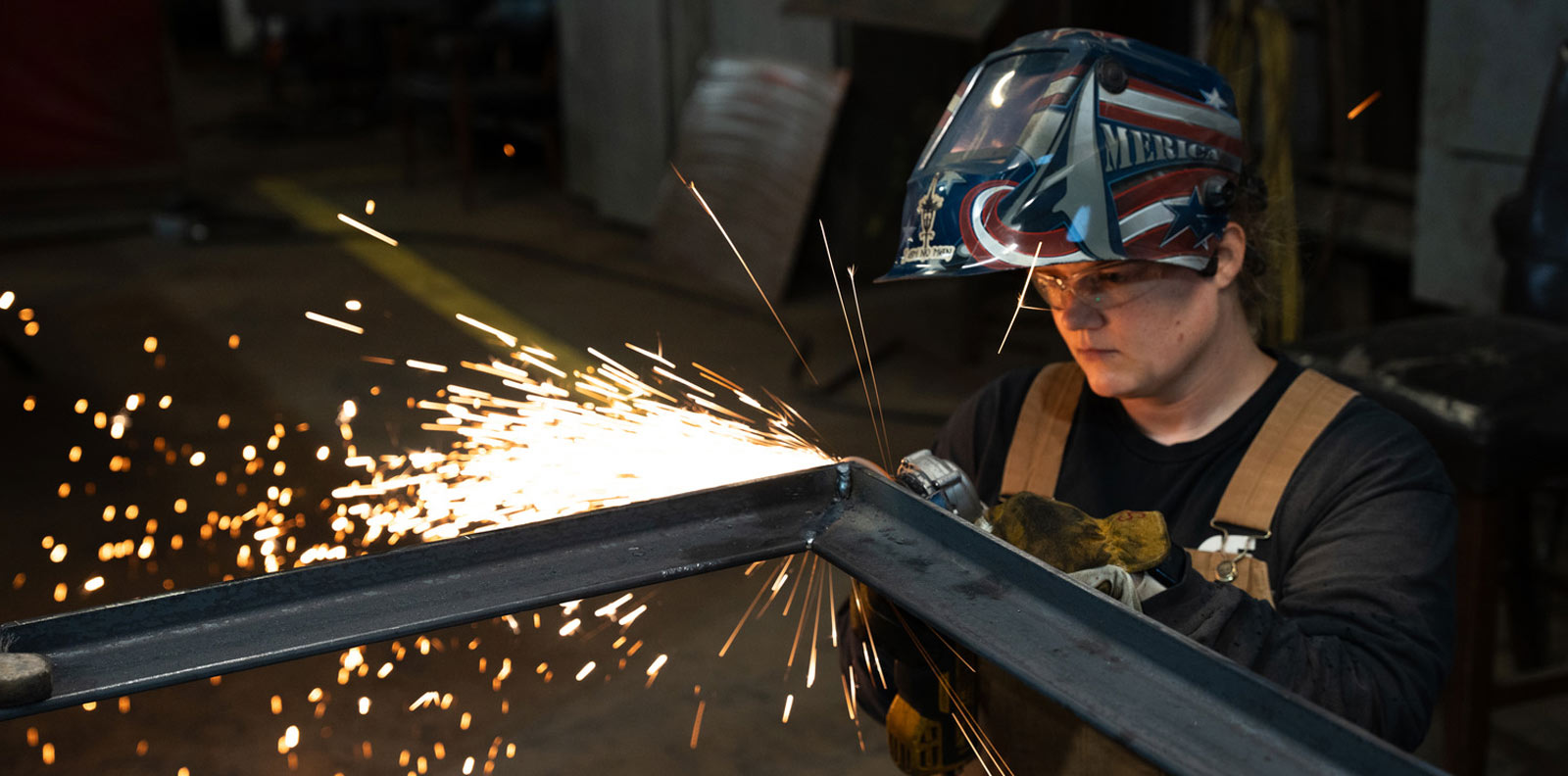RSI is a Great Training Option for Everyone
Learn more about how we can prepare you to advance your career.
The effects of flooding can be far greater than they may appear at first. After the flood waters have receded, all of a household’s appliances and belongings may still be in place, but they are now contaminated with a silent toxin: mold. There are a number of health risks associated with exposure to mold, and the effects can be especially harmful when mold occurs in high quantities, as with homes after flooding. Mold can induce allergic reactions, asthma, eye and throat irritation, fungal infections, and even cancer. The mycotoxins found in mold can be ingested, inhaled, or absorbed through the skin, so when mold is present in HVAC systems, action must be taken immediately to halt the growth of mold and try to take preventative measures against any future growth.
Removing Mold from a Home
Mold may take up to five weeks before appearing visibly on the surfaces in your home after a flood. If your home insurance company has already given you compensation, they may not give you more if you discover further problems with mold. These extra costs could mean thousands of dollars in out-of-pocket repairs, and the damage may even result in condemning your home. To take care of the problem, the CDC has established certain guidelines for appropriately handling the situation:
- Discard and remove porous materials. Porous materials cannot be cleaned because pockets within the material store small amounts of mold. Any contaminated carpets, furniture, insulation, linoleum, sheetrock, and ceiling tiles should be removed from the home and replaced.
- Replace all appliances. Appliances frequently contain insulation, which stores mold spores. Ovens, refrigerators, dish washers, washing machines, and heaters should be discarded and replaced or at least professionally inspected before use.
- Wash walls, floors, and other contaminated areas with a special mold cleaner. Follow up with a mold inhibitor to prevent future growth.
Cleaning HVAC Systems of Mold
In any flooded building, one of the most important items to clean is the HVACR system. HVACR systems are generally out of sight, so they may be easy to forget, but they are often used throughout the year to maintain a comfortable indoor temperature. However, if they are contaminated, they could be blowing mold spores throughout a home or building for a long time before anyone realizes that there is a problem.
These systems should be professionally cleaned by HVAC technicians to remove dirt and debris, replace compromised components (including insulation and filters), disinfect the apparatus, and ensure that the system is operating as it should. The role of HVAC technicians in flood recovery is critical in maintaining a safe and healthy indoor environment for building occupants.
RSI is a trade school that trains students in Electro-Mechanical Technologies, Mechanical Maintenance Engineering, Refrigeration Technologies, as well as Electrical Technologies. To find out how you can train for a new career today, contact RSI.
Get Started on the Path to a New Career
Fill out our form to learn how we can help you change your life.
Resources:
http://www.goodway.com/hvac-blog/index.php/2012/12/post-hurricane-sandy-series-mold-and-mildew-management/
Let us Help You Get Started – or – Request More Information With No Obligation
This blog has been labeled as archived as it may no longer contain the most up-to-date data. For a list of all current blog posts, please visit our blog homepage at https://www.rsi.edu/blog/




